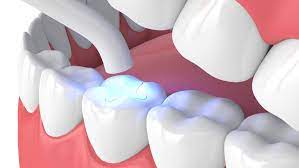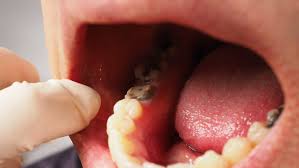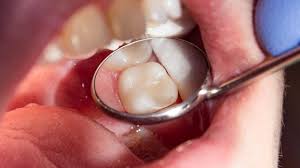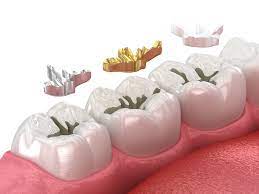Imagine a fragile glass sculpture that has developed a crack. A skilled artisan carefully applies a special adhesive to restore its original strength. However, for a while, the repaired section remains delicate, requiring gentle handling to prevent further damage. Similarly, a tooth filling is a precise repair for a decayed or damaged tooth, but it often brings temporary sensitivity and discomfort before the tooth fully adjusts.
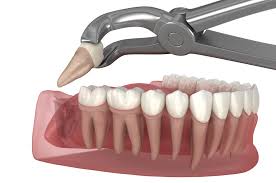
Why Does Tooth Pain Occur After a Filling?
Just as a newly mended road takes time to settle before it can handle heavy traffic, a tooth filling needs a period of adjustment. During this time, exposure to certain triggers—such as hot, cold, or sugary foods—can cause sharp discomfort, much like stepping barefoot onto an icy surface after being in a warm room.
Another reason for post-filling pain is the reaction between different materials. If metal is used in the filling, it may conduct temperature changes quickly, similar to how a metal spoon becomes instantly hot when placed in boiling water. This sudden reaction can cause discomfort when consuming hot or cold foods.
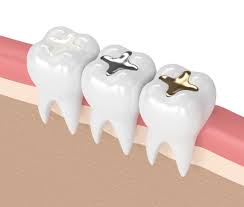
Additionally, if the filling is slightly high, it creates an imbalance in the bite, much like an uneven stone in a walking path that causes a person to stumble repeatedly. Each time the teeth come together, this minor misalignment can create pressure, leading to pain.
Medical Experts’ Recommendations: The Blueprint for Recovery
Just as an architect provides a structured plan to reinforce a weakened building, medical professionals offer precise strategies to manage tooth pain after filling.
1. Avoid Sensitivity Triggers: Shielding the Repaired Tooth
Dentists emphasize the importance of staying away from food and drinks that may aggravate the sensitivity. This is like protecting a freshly painted wall from rain until the paint fully dries. Special desensitizing toothpaste acts as a protective barrier, much like a layer of wax shielding a wooden surface from water damage. Regular use of such toothpaste can help in reducing discomfort over time.
2. Soft Diet: A Gentle Path to Healing
A team of dietitians has studied the effects of different foods on patients experiencing tooth pain after filling. Their research highlights the importance of consuming a soft diet, much like feeding a baby gentle, easy-to-chew foods until their teeth grow strong. Sticky and hard foods, on the other hand, act like pebbles in a shoe—small but irritating, potentially worsening the condition of the filled tooth.
Consuming mild, room-temperature foods is the best approach, just as one would use gentle, warm water to clean a delicate fabric rather than exposing it to harsh washing methods.
The Importance of Patience and Care
The process of healing after a tooth filling is like breaking into a new pair of shoes. At first, there may be slight discomfort, but with time, the shoes mold perfectly to the feet. Similarly, the filled tooth gradually adapts, and sensitivity fades away.
A Restored Smile and Lasting Comfort
A tooth filling is a crucial step in preserving dental health, just like restoring an old clock to keep it ticking smoothly. Although initial discomfort is common, following expert advice—such as avoiding sensitivity triggers, using specialized toothpaste, and maintaining a soft diet—ensures a smooth transition to comfort. With proper care, the repaired tooth becomes strong once again, allowing a person to enjoy life’s flavors without hesitation.

